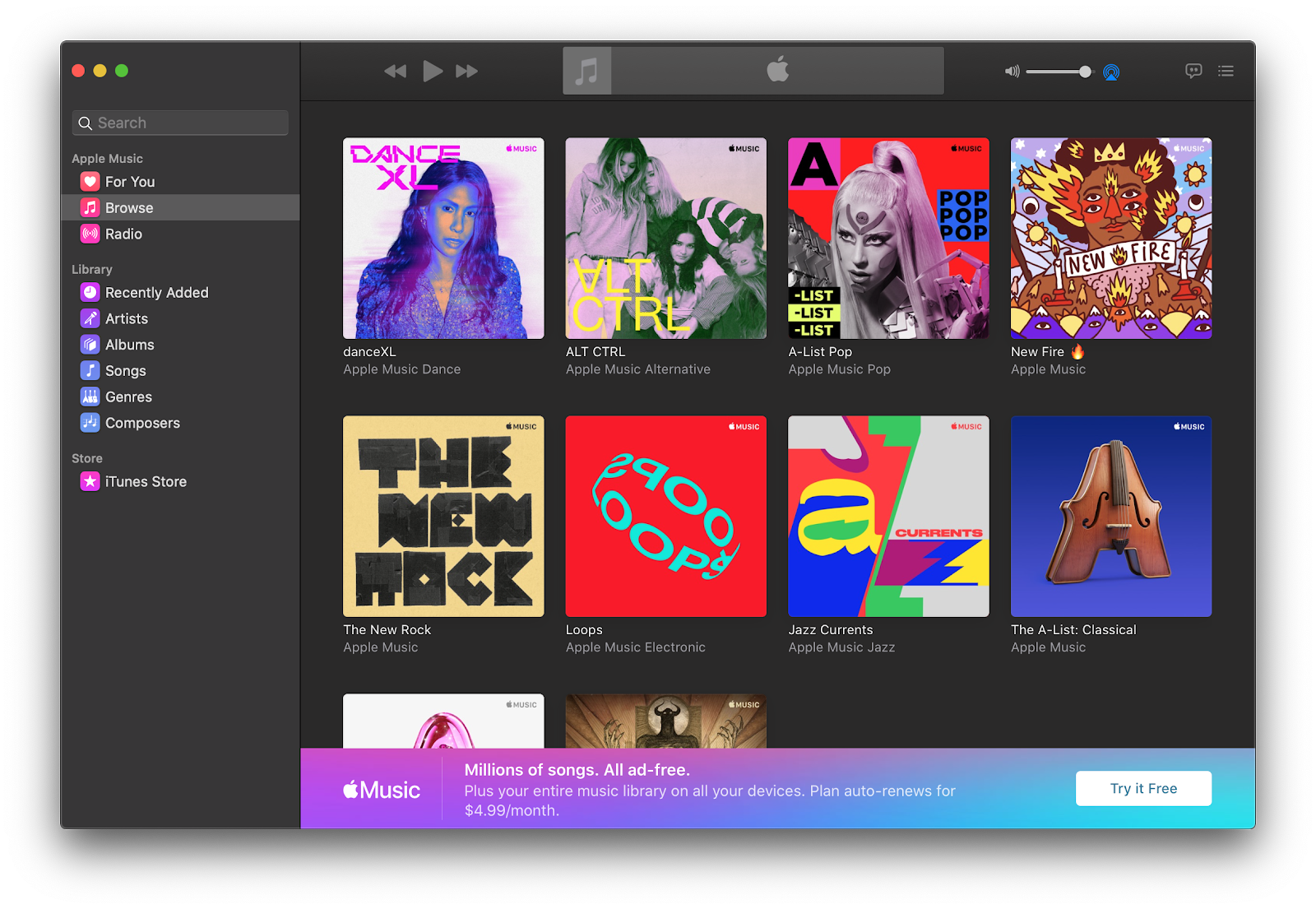

Click the Options tab, and you’ll see several settings that you can adjust for the song. To do so, select a song and press Command-I to open the Get Info window. Use iTunes’ Equalizer window to pick an EQ setting that fits your taste. By default, iTunes applies the EQ you select to all songs, but you can assign EQ settings on a per-song basis. Try selecting Treble Booster and then switch to Bass Booster and you’ll see a significant shift as the virtual knobs dance around to their new spots. To explore the EQ settings in iTunes, first choose Window > Equalizer to see a visual representation of the affected frequencies.

Keep in mind, however, that iTunes Match and EQ don’t appear to play well together. (Note that an EQ setting doesn’t actually change the source file all of the adjustments it makes occur on the fly as the song plays.) But if you crave greater flexibility in your EQ settings, such as always using the Rock setting for Led Zeppelin but switching to Hip Hop for Eminem, you can turn to iTunes on your computer for help. When you select an EQ option in Settings, it applies to all songs you play in the Music app. The Bass Booster and Bass Reducer options do exactly what their names imply. iOS 7 offers 23 preset equalizer settings, each based on a different combination of bass, midrange, and treble adjustments, and named (usually) for the genre of music Apple thinks they work well with: Electronic, Jazz, Hip Hop, and Rock, for example. Go to Settings > Music and you’ll see EQ just below Sound Check. IOS hides its EQ options in the Settings menu.ĮQ adjustments come in handy when you’re listening on the go, so it’s a shame that Apple parked its native EQ app in iOS 7 not within the Music app, as you might expect, but in Settings.


 0 kommentar(er)
0 kommentar(er)
